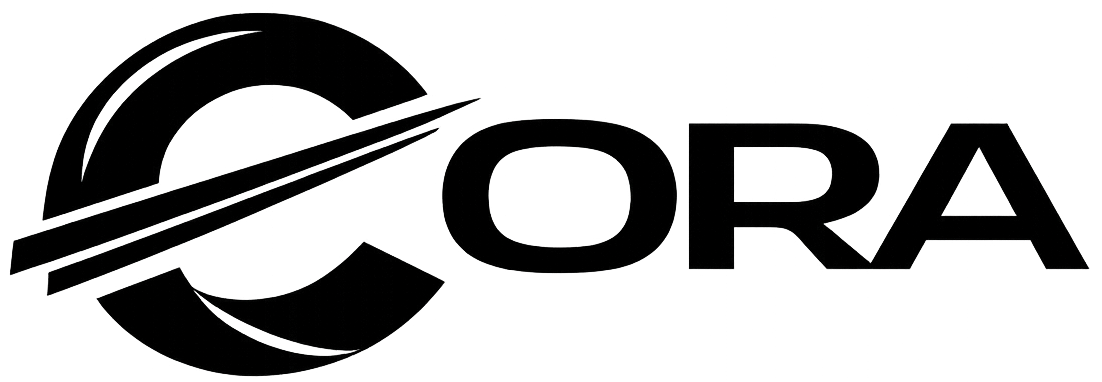Search within the "Journal for Occultation Astronomy" Index
JOA Volumes
| 2011 | 2012 | 2013 | 2014 | 2015 | 2016 | 2017 | 2018 | 2019 | 2020 | 2021 | 2022 | 2023 | 2024 | 2025 | 2026 |
Studying Comets by the Stellar Occultation Method
JOA 2018, Vol. 8, No. 1, Page 11 Author(s): Richard Miles, Mike KretlowAbstract: Stellar occultations by comets are generally problematic. The coma is usually too tenuous to be detected by the attenuation effect on stars unless the comet is a very active one and the nucleus passes within a few hundred kilometres of the star as projected on the sky frame. Where an occultation by the solid body of the nucleus occurs, the shadow track will be very narrow: Jupiter-family comets for instance typically measure just 1-5 km across and this small size significantly reduces the probability of a successful occultation for the observer. Another issue concerns the accuracy of cometary orbits, since this tends to be degraded by the presence of light from the inner coma shifting the position of the pseudo-nucleus relative to the true nucleus, and also by the effect of non-gravitational forces. Larger, more distant periodic comets, such as active Centaurs, are more attractive occultation targets, and of these one of particular interest appears to be comet 29P/Schwassmann-Wachmann 1. Measuring about 60 km across,it is famous for its cometary outbursts, which number about 10 per year. The hypothesis is put forward here that the nucleus of 29P/S-W1 is surrounded by a debris belt of the order of 1000 km across, and that this could bedetected by the stellar occultation technique. However, astrometry of its orbit is generally of poor accuracy owing to its outbursts, which tend to shift the photocentre of the nucleus away from its true position - especially when observed in small telescopes or where the aperture used for astrometry is too large. The case is put forward that astrometry of 29P should be carried out using a new measurement methodology with images taken by 1.0-m and 2.0-m telescopes, so as to refine the orbital elements and achieve more accurate occultation predictions.
